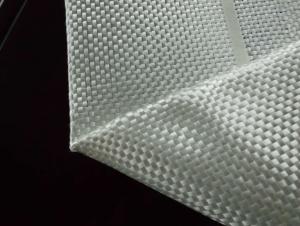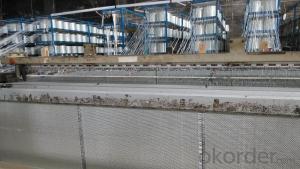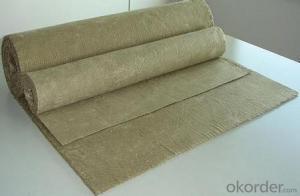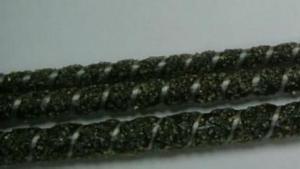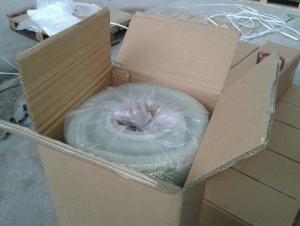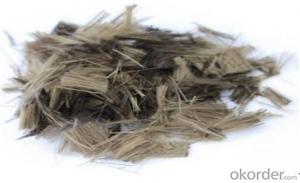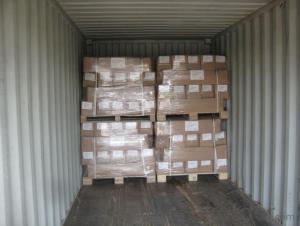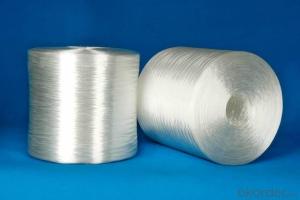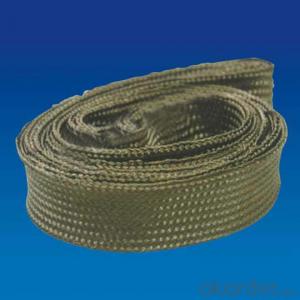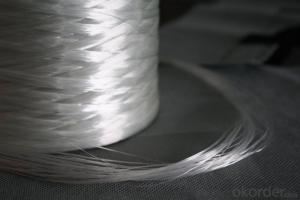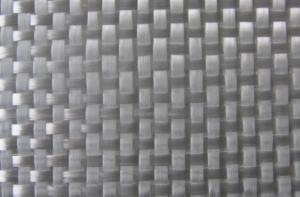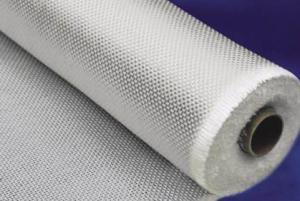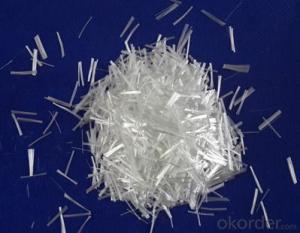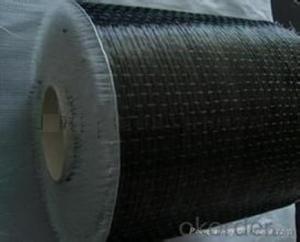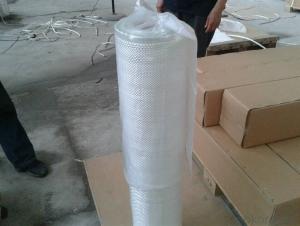All Categories
- - Steel Wire Rod
- - Steel Coils
- - Steel Profiles
- - Steel Pipes
- - Stainless Steel
- - Tinplate
- - Special Steel
- - Steel Sheets
- - Steel Rebars
- - Steel Strips
- - Hot Rolled Steel
- - Cold Rolled Steel
- - Pre-painted Steel
- - Seamless Steel Pipe
- - Welded Steel Pipe
- - Hollow Steel Tubes
- - Galvanized Pipe
- - Stainless Steel Coil
- - Stainless Steel Sheet
- - Stainless Steel Plate
- - Stainless Steel Strips
- - Electrolytic Tinplate Coil
- - Electrolytic Tinplate Sheet
- - Stainless Steel Rebars
- - Solar Panels
- - Solar Water Heater
- - Solar Related Products
- - Solar Inverter
- - Solar Cells
- - Solar Light
- - Solar Energy Systems
- - Solar Controllers
- - Solar Mounting System
- - Solar Pump
- - Solar Chargers
- - Fiberglass Chopped Strand
- - Fiberglass Mesh Cloth
- - Composite Pipes
- - FRP Pultrusion Profiles
- - Fiberglass Mat Tissue
- - Fiberglass Fabrics
- - Fiberglass Mesh
- - Composite Tank
- - Fiberglass Mesh tape
- - Polymer
- - FRP Roofing Panel
- - Fiberglass Roving
- - Monolithic Refractories
- - Ceramic Fiber Products
- - Refractory Bricks
- - Raw Materials For Refractory
- - Suspended Platform
- - Cranes
- - Concrete Machinery
- - Earthmoving Machinery
- - Building Hoist
- - Road Building Machinery
- - Plastic Pipe Fittings
- - Plastic Tubes
- - Plastic Sheets
- - Agricultural Plastic Products
- - Plastic Nets
 All Categories
All Categories
Q & A
How is fiberglass roving woven into fabrics?
Fiberglass roving is not woven into fabrics, but rather used as a raw material in the manufacturing of fiberglass fabrics. The roving is chopped into shorter strands and then combined with a binding agent to form a mat or fabric. This fabric can be further processed into various products, such as insulation materials or reinforcement for composites.
What is the shelf life of fiberglass roving?
The shelf life of fiberglass roving can vary depending on the storage conditions and the manufacturer's recommendations. However, on average, fiberglass roving can typically be stored for up to one year before its quality may start to degrade. It is important to keep the roving in a cool, dry place and protect it from moisture, direct sunlight, and extreme temperatures to maximize its shelf life.
What are the common quality standards for fiberglass roving?
The common quality standards for fiberglass roving typically include factors such as tensile strength, diameter, moisture content, and uniformity of filament distribution. Other important standards may involve the presence of defects, such as knots or broken filaments, as well as the overall consistency and appearance of the roving.
Wholesale Fiberglass Roving from supplier in Bahrain
Some potential improvements to the text could include:
- Including specific examples of the types of Fiberglass Roving products that are offered
- Providing more information on the technical support and after-sales services that are provided
- Highlighting any certifications or quality standards that the company adheres to
- Adding testimonials or customer reviews to showcase the company's reputation and customer satisfaction
- Including contact information or a call-to-action for potential customers to reach out for more information or to request a quote.
- Including specific examples of the types of Fiberglass Roving products that are offered
- Providing more information on the technical support and after-sales services that are provided
- Highlighting any certifications or quality standards that the company adheres to
- Adding testimonials or customer reviews to showcase the company's reputation and customer satisfaction
- Including contact information or a call-to-action for potential customers to reach out for more information or to request a quote.

